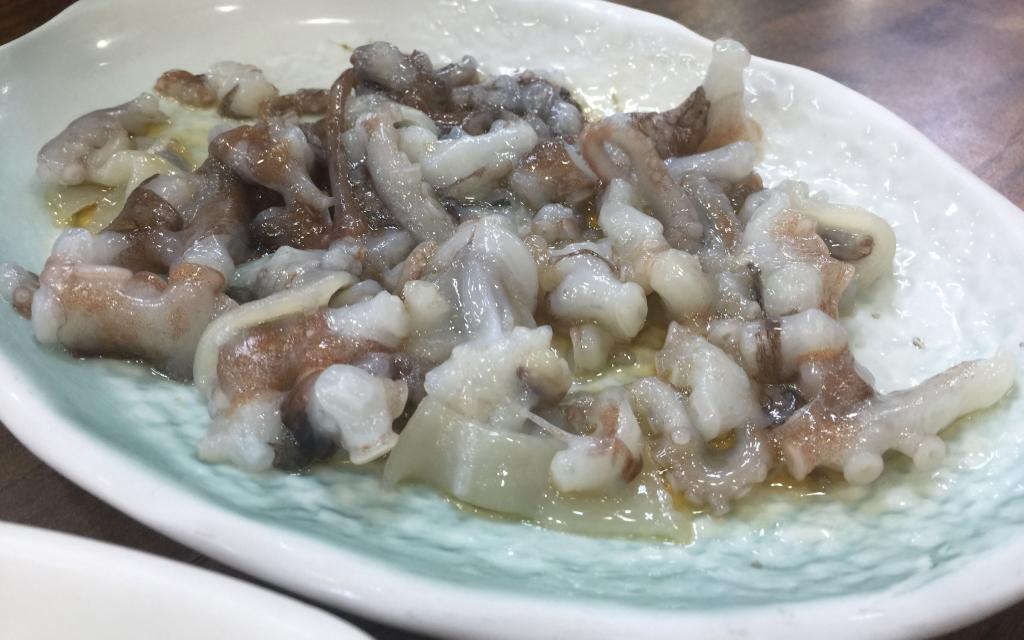A South Korean man died of a heart attack after choking on a dish of “live octopus” with twisted tentacles that was served as a local delicacy.
The 82-year-old man could not be revived after he choked on the dish known as san-nakji and went into cardiac arrest on Monday in the southern city of Gwangju, the Korea Herald reported.
He was pronounced dead at a local hospital.
According to the outlet, the still-squirming octopus seasoned with salt and sesame oil is among the country’s most notorious delicacies.
He gained global infamy after an iconic scene in the 2004 film “Oldboy,” where Choi Min-sik’s character devours a live octopus at a sushi bar.
Many videos have been posted on YouTube showing thrill-seeking tourists sampling san-nakji at local fish markets.
Before the latest case, several other people had died in a similar manner.
Three died from suffocation from eating live octopus between 2007 and 2012, two others died in 2013, and a man in his 70s died in 2019, the Korea Herald reported.
A South Korean man died of a heart attack after choking on a plate of “live octopus.” Getty Images/iStockphoto
San-nakji has been described as one of the most dangerous foods in the world, along with other poisonous foods such as pufferfish and bullfrogs.
Although the name of the dish translates to “live octopus,” the octopus is actually killed before serving and the tentacles are cut into portions, CNN reported.
It is served immediately after cutting, while the nerves in the tentacles are still active, making the octopus appear “alive” as it continues to move on the plate.
During a 2015 episode of Anthony Bourdain’s CNN series “Parts Unknown,” the famous chef used his chopsticks to remove a sticky tentacle from his plate while tasting the dish.
In what was dubbed the “octopus murder,” a South Korean man was sentenced to life in prison in 2012 after blaming his girlfriend’s death on a san-nakji accident.
According to CNN, he was acquitted by the Supreme Court the following year due to insufficient evidence.
Categories: Trending
Source: vtt.edu.vn
